U-20 World Cup Dates: 31 August – 22 September 2024 Location: Various stadiums in Colombia, with the final held at Estadio Nemesio Camacho ‘El Campin’ in Bogota
U-17 World Cup Dates: 16 October – 3 November 2024 Location: Various stadiums in the Dominican Republic, with the final held at Felix Sanchez Stadium in Santo Domingo
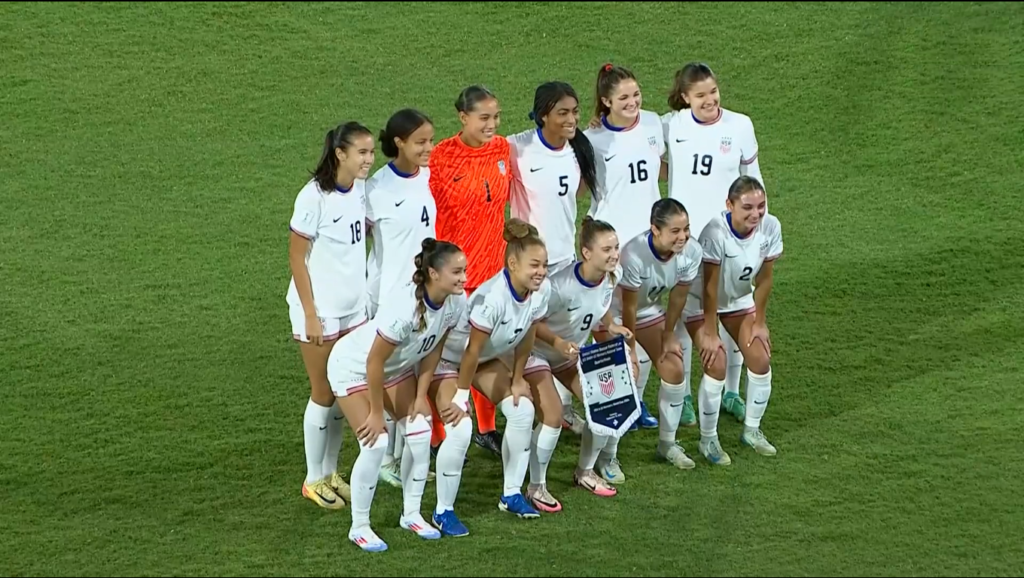
Introduction by Don Carlson
Welcome to SCPPNews, your trusted source for in-depth soccer analysis and insights across North America. I’m Don Carlson, a seasoned sports journalist specializing in soccer coverage across the United States, Canada, and Mexico. Today, we’re diving into the performances of the US U20 and U17 women’s national teams at the 2024 FIFA Women’s World Cups held in Colombia and the Dominican Republic.
Joining us is the highly esteemed and experienced Coach Simo Idrissi, an expert in game tactics, analysis, and elite soccer development. With his extensive experience and profound analytical skills, Simo is here to provide a comprehensive breakdown of the U20 and U17 women’s World Cup games. We’ll explore the strategic elements, challenges, and key takeaways from their matches against formidable opponents like Nigeria, Germany and North Korea.
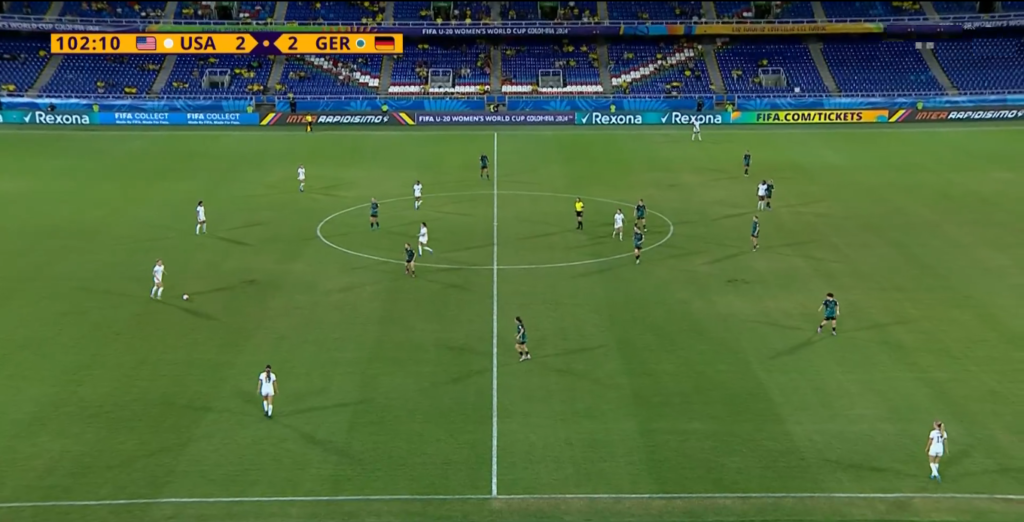
To set the stage, let’s reflect on critical aspects of the games for the purpose of learning and enhancing American soccer to meet international standards, informed by Simo Idrissi’s insights. We’ll discuss the training and preparation methods that underpinned the players’ endurance and performance, the tactical decisions that shaped the outcomes, and the balance between structured methodologies and creative problem-solving on the field. We’ll also delve into the unique challenges posed by Germany and North Korea’s approach and highlight the continuous tactical evolution required for future success.
Recap of the Matches
U20 Women’s World Cup Matches
Match 1: USA vs. Germany: The US U20 team faced Germany in a grueling quarterfinal match that extended into 120 minutes of play. This match underscored the importance of tactical adaptation and physical endurance. The game ended in a penalty shootout, with the US emerging victorious.
Match 2: USA vs. North Korea: In the semi-final, the US U20 team faced North Korea. Despite their strong defensive capabilities and organized play, North Korea’s superior ball possession and attacking prowess ultimately led to their victory.
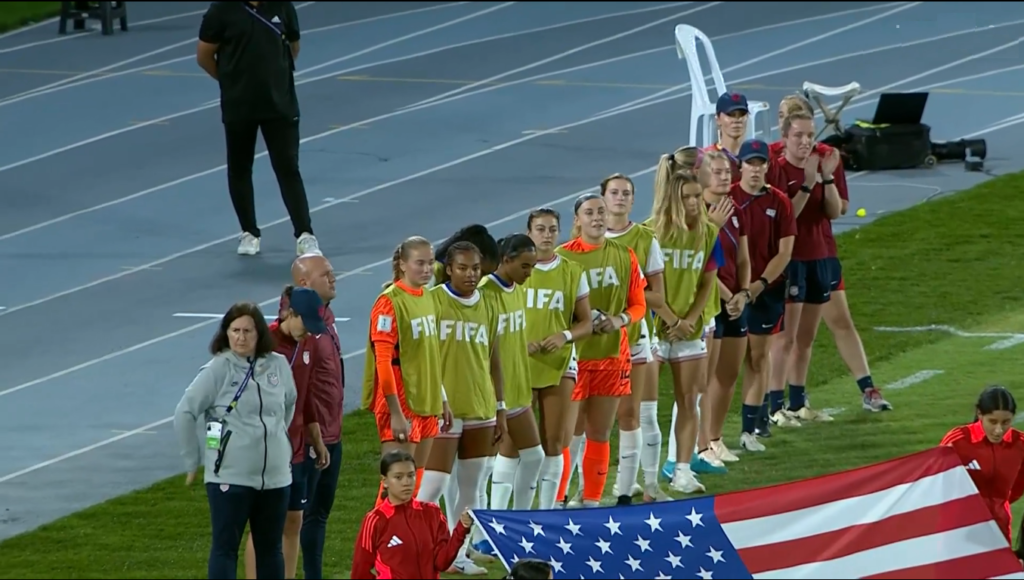
Possession and Attacking
North Korea maintained a slight edge in possession with 47% compared to the US’s 43%. This control allowed them to create more goal-scoring opportunities, as evidenced by their 17 attempts at goal versus the US’s 7. North Korea’s ability to penetrate the US defense, particularly inside the penalty area, was a key factor in their success.
Final Third Entries and Offers to Receive
North Korea’s effectiveness in the final third was evident, with higher entries in both the left and right channels. Their players were also more dynamic in making offers to receive the ball, particularly in behind and between the lines, which created additional pressure on the US defense.
Line Breaks and Discipline
North Korea attempted and completed more line breaks, both in general play and against the defensive line, showcasing their ability to disrupt the US’s defensive structure. Additionally, the US team faced disciplinary challenges, receiving two yellow cards compared to North Korea’s clean record, which may have impacted their overall performance.
Distribution and Set Plays
While the US completed more passes, North Korea’s higher number of crosses and completed crosses highlighted their aggressive approach in the attacking third. North Korea also had a significant advantage in set plays, with 12 corners compared to the US’s 3, providing them with more opportunities to capitalize on dead-ball situations.
Defending and Pressing
The US team excelled in goal preventions, with 17 compared to North Korea’s 7, indicating strong defensive efforts. However, North Korea’s pressing and forced turnovers were more effective, allowing them to regain possession and maintain pressure on the US defense.
Head to Head and Recent Form
Historically, the head-to-head record between the two teams has been competitive, with North Korea having a slight edge. In recent meetings, North Korea’s ability to adapt and counter the US’s strategies has been a decisive factor in their victories.
In conclusion, the match highlighted the importance of adaptability and tactical flexibility. While the US U20 women’s team demonstrated strong organizational skills and defensive capabilities, North Korea’s dynamic attacking play and ability to exploit weaknesses ultimately led to their success. These insights underscore the need for continuous tactical evolution and the integration of individual brilliance within a cohesive team framework for future matches.
U17 Women’s World Cup Matches
Match 1: USA vs. Nigeria
Playing against Nigeria and securing a win highlighted the importance of role matching and the players’ ability to push their physical and mental limits. Observing the players reach their peak performance in 100 minutes was a testament to their endurance and preparation. This performance analysis should provide clear insights into how to approach subsequent games.
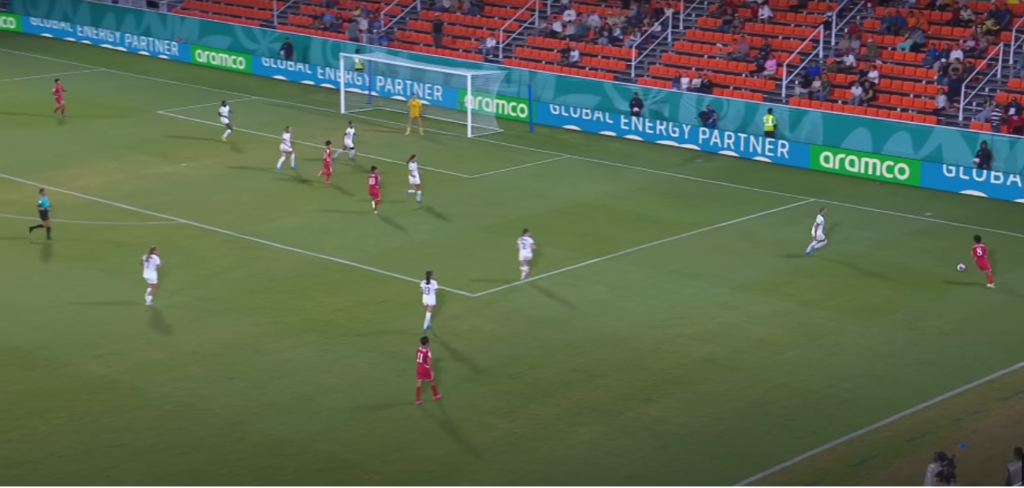
Match 2: USA vs. North Korea
The game communication of the US U17 women’s national team mirrored that of the U20 team. The same scenarios and procedures were employed to face North Korea. The US U17 players matched the performance of their opponents, but as the game progressed and patterns emerged, the need for tactical display became evident. The match showcased a routine and repetition of events, which initially helped the US team manage situations collectively. However, as time went on, North Korea began to anticipate the US U17’s strategies.
North Korea’s ability to detect and counter the US U17’s tactics highlighted the importance of individuality as a decisive factor. The North Korean players’ individual skills and teamwork created confusion for the US team. Despite their efforts to build from the back and maintain possession, the US U17 team struggled to break through North Korea’s defenses. The North Korean players effectively solved the tactical equation posed by the US, leaving the US team with limited options to counter their opponents’ individuality, teamwork, and game communication.

Don Carslon Questions To Coach Simo Idrissi
So, now the questions that are cpmposed to Simo Idrissi can be more precise and hit the point of why this performance still not with accurate results with both National teams the U17 AND U20 women. Let us kick things off, I have several key questions that will guide our discussion with Simo. First, I’d like to delve into the training and preparation methods that contributed to the players’ remarkable readiness and endurance. We’ll then explore the specific tactical decisions made by the coaches that had significant impacts on the games. Additionally, I want to discuss the balance between maintaining organization through established methodologies and encouraging creative problem-solving among players. Simo’s insights on the unique challenges posed by German and North Korea’s approaches will be crucial, and finally, we’ll wrap up with thoughts on the continuous tactical evolution required for future success.
Coach Simo Idrissi’s Insights
Tactical Mastery and Development: Insights from the US U20 and U17 National Teams at the World Cup
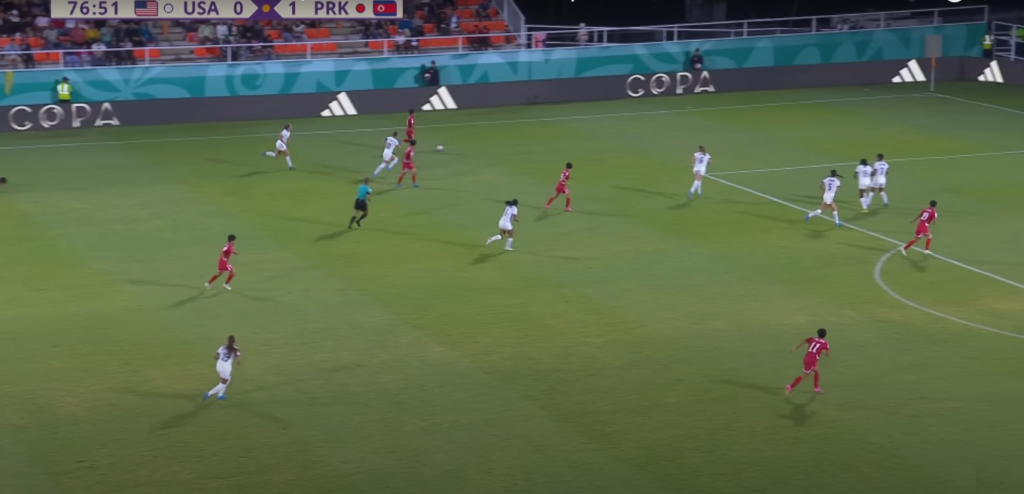
Watching the US U20 and U17 national teams provided a unique opportunity to observe the development and tactical communication with international teams during their World Cup campaigns. The players demonstrated remarkable readiness for the games, showcasing their ability to comfortably complete the full 90 minutes. The coaches meticulously organized their teams based on well-established philosophies and methodologies, which we have all come to appreciate and utilize. These games were not only thrilling but also served as an open book for learning and analysis.
When facing an opponent that can match the same eleven roles, the outcome of the game often hinges on the coaches’ strategic acumen. The most astute coach, who can see beyond the immediate limitations, is able to devise solutions that influence the game’s results. In scenarios where the coach’s strategies are exhausted, players can rely on established patterns, akin to breadcrumbs, to navigate the complexities of the match.
Methodologies form the backbone of game communication, ensuring that players are highly organized. However, this structured approach can sometimes stifle innovation. The dynamic nature of soccer means that patterns are constantly evolving, especially in one-on-one or three-on-three situations. Ultimately, the ball’s location and possession become critical factors.
Soccer games often exhibit an intensity that demands exceptional physical attributes from players. While players can comfortably complete the game, the addition of strategic brainstorming introduces a new layer of complexity. In such instances, players must either adhere to established methodologies or introduce innovative ideas to overcome the unpredictability of the game.
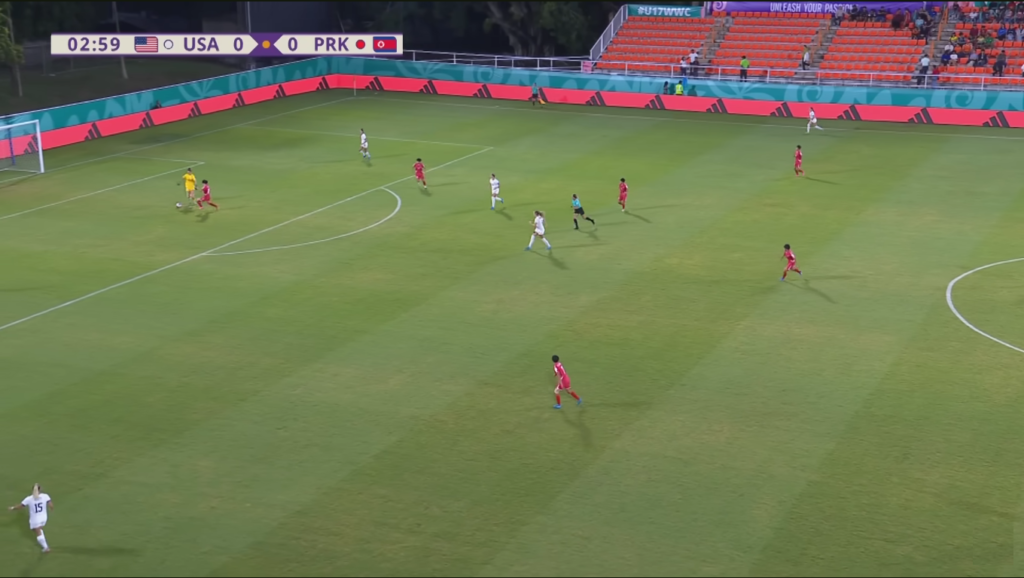
Conclusion
The performances of the US U20 and U17 national teams at the World Cup have provided invaluable insights into the importance of tactics and adaptability in elite level. The games against formidable opponents like Nigeria, Germany and North Korea highlighted the necessity for strategic innovation and the ability to respond to evolving game dynamics.
While the US teams demonstrated strong organizational skills and physical endurance, the challenges they faced underscored the need for continuous tactical evolution. The ability to anticipate and counter opponents’ strategies, as well as the integration of individual brilliance within a cohesive team framework, emerged as critical factors for success.
U20 Team: The games against Germany and North Korea showcased the U20 team’s ability to push their physical and mental limits. However, the unexpected tactics and intensity brought by North Korea emphasized the need for greater adaptability and innovation. Despite demonstrating strong defensive capabilities, the US U20 team’s challenges highlighted the importance of maintaining concentration and mental focus throughout the game.
U17 Team: Similarly, the U17 team’s performance mirrored the challenges faced by the U20 team. The game reading, communication and methodologies employed were crucial in maintaining organization, but North Korea’s ability to detect and counter these tactics highlighted the importance of individuality and teamwork. The U17 team struggled to break through North Korea’s defenses, showcasing the need for tactical flexibility and innovative problem-solving in high-pressure scenarios.
These experiences serve as a testament to the ongoing development of US soccer at the elite level. By learning from these high-stakes encounters, coaches and players can refine their approaches, ensuring that future performances are marked by both tactical mastery and creative problem-solving. The journey of these young athletes is a promising indicator of the potential for growth and excellence in US soccer.